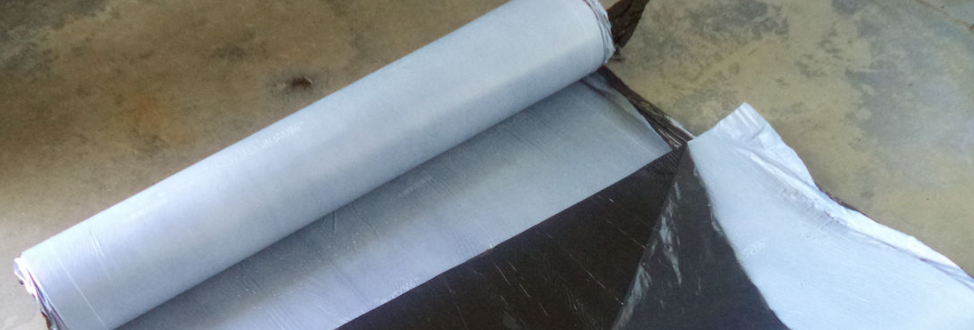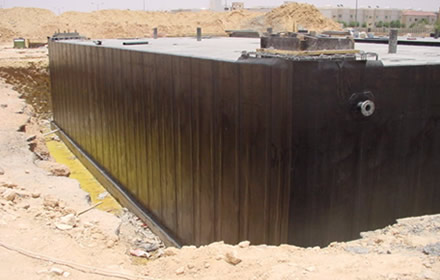
PRODUCT GROUP |
PRODUCT NAME |
CARRIER TYPE |
ASPHALT TYPE |
| ASAD REINFORCED | ASAD: 1.5 P, 2. 0 P, 1.5G, 2.0G |
POLYESTER OR GLASS FIBER |
SBS MODIFIED |
| ASAD NON REINFORCED | ASAD: 1.5 PS, 2.0 PS, 1.5 AL2.0 AL, 1.5 CL, 2.0 CL |
NONE | SBS MODIFIED |
| ASAD DC | ASAD-DC: O2P, O2G, A2P,A2G |
POLYESTER OR GLASS FIBER |
SBS MODIFIED&OXIDIZEDOR SBS&APP MODIFIED |
|
|
||||||||||||||||||||||||||||||||||||||||||||||||||||
For More Similar Product Press Here


